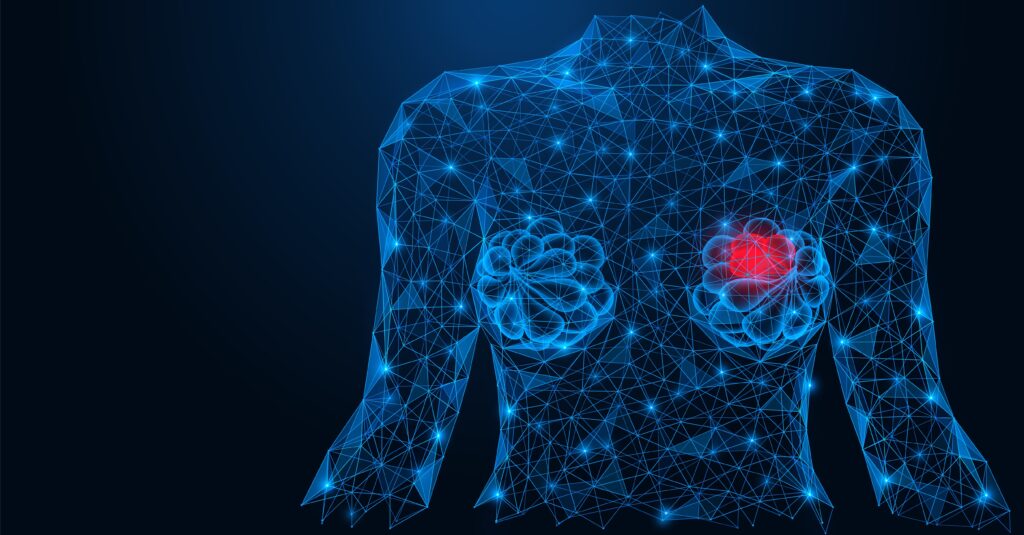At the beginning of the third millennium, one in three EU citizens will have to deal with cancer in the course of his or her life. Worldwide, the estimated number of new cancer cases is expected to rise from 10 million in 2000 to 15 million by 2020. Currently, cancer is the cause of 12% of all deaths worldwide. In the EU, over 1.5 million new cancer cases are diagnosed every year, and over 920,000 people die of cancer, the most common cancer sites being the breast and the prostate. About 90% of cured patients recover because of locoregional control; 18% of all patients die because of a primary tumour without metastases. This means that local treatment is as important as systemic therapy.
Breast cancer is the most common cancer in women. In 2004 it was estimated that 215,990 women and 1,500 men in the US would be diagnosed with invasive breast cancer. In the last decade there has been a 21% decrease in age-adjusted mortality from breast cancer.1 The decline in mortality has been attributed to early detection of the disease and to the use of aggressive multimodality treatment leading to improved clinical outcomes.
To read full article please click here













